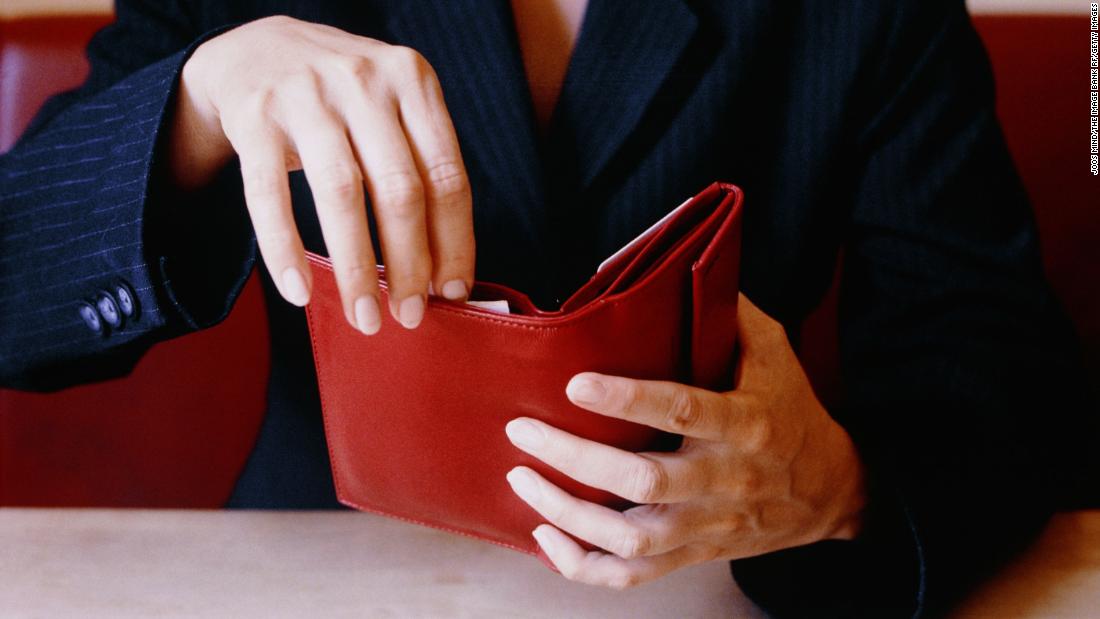

Real pay — workers’ wages that take inflation into account — slumped by 2.8% between March and May compared to the same time last year, according to data released Tuesday by the Office for National Statistics.
That’s the fastest decline since the ONS began keeping records in 2001.
UK consumer prices hit a 40-year high of 9.1% in May, the highest among the G7 leading economies — and is forecast to climb above 11% later this year despite a series of interest rate hikes.
Grocery bill inflation hit nearly 10% in the four weeks ending on July 10, according to data from research firm Kantar released on Tuesday. That means that Britons can expect to spend an additional £454 ($545) this year on food and essentials.
Boris Johnson’s government has promised £400 ($480) in grants per family to help out the millions of people struggling to pay their energy bills. It also bowed to pressure last month and unveiled a £5 billion ($6 billion) tax on the windfall profits of oil and gas companies.
High inflation, combined with damaging Brexit policies have sapped the nation’s growth. The Organisation for Economic Co-operation and Development forecast last month that the UK economy was heading to stagnation, with zero growth in GDP forecast for 2023. That would be the worst performance in the G7 next year.
The pound has also been hammered this year, losing 11% of its value against the US dollar, which will likely make it more expensive to import goods.
But there is one bright spot. Hiring is continuing apace last month, preliminary ONS data showed, with the number of people on payroll growing 3% compared to a year ago.
— Mark Thompson contributed reporting.
